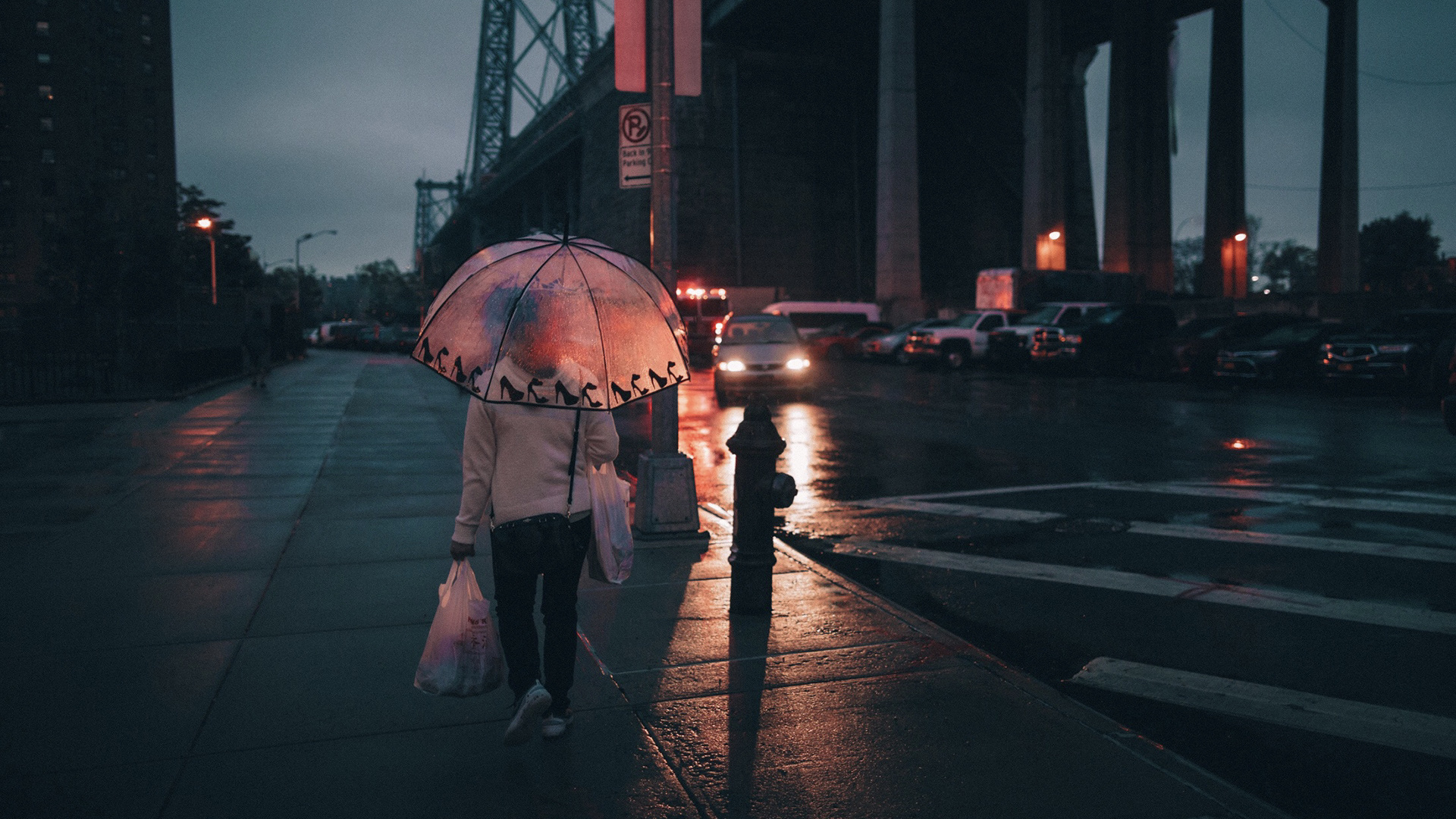The smart Trick of Street Photographers That Nobody is Talking About
Table of ContentsStreet Photographers for BeginnersSome Known Details About Street Photographers Street Photographers for DummiesThe Buzz on Street PhotographersOur Street Photographers Diaries
A style of digital photography that records everyday life in a public area. The very publicness of the setting makes it possible for the photographer to take honest photos of strangers, often without their expertise. Road professional photographers do not necessarily have a social objective in mind, however they prefer to isolate and capture moments which might or else go unnoticed (Street Photographers).He was influenced by several of those who influenced the road digital photographers of the 1950s and '60s, he was not chiefly interested in catching the spirit of the road., who worked side by side with digital photographers attempting to capture the significance of city life.
Because of the somewhat primitive modern technology available to him and the long direct exposure time called for, he struggled to capture the stress of the Paris roads. He explore a series of photographic techniques, trying to find one that would certainly allow him to catch activity without a blur, and he located some success with the calotype, patented in 1841 by William Henry Fox Talbot. In contrast to Atget, professional photographer Charles Marville was worked with by the city of Paris to develop an encyclopaedic record of Haussmann's urban planning project as it unfolded, thus old and new Paris. While the professional photographers' topic was basically the exact same, the outcomes were markedly different, demonstrating the effect of the digital photographer's bent on the personality of the photos he generated.
Offered the fine quality of his photos and the breadth of product, engineers and musicians often purchased Atget's prints to utilize as referral for their very own job, though business passions were rarely his major motivation. Rather, he was driven to picture every last residue of the Paris he loved. The mingled passion and urgency of his mission shine through, resulting in photographs that narrate his own experience of the city, qualities that prepared for road digital photography of the 20th century.
Some Known Incorrect Statements About Street Photographers
They disclose the city with his eyes. His work and basic understanding of photography as an art kind offered as inspiration to generations of photographers that adhered to. The future generation of road professional photographers, though they likely did not describe themselves thus, was introduced by the photojournalism of Hungarian-born professional photographer Andr Kertsz.
Unlike his peers, Brassa utilized a larger-format Voigtlnder electronic camera with a much longer exposure time, requiring him to be extra calculated and thoughtful in his method than he could have been if using a Leica.
Cartier-Bresson was a champion of the Leica cam and among the first professional photographers to optimize its capacities. The Leica allowed the professional photographer to connect with the surroundings and to catch minutes as they took place. Its reasonably small size likewise assisted the professional photographer discolor right into the history, which was Cartier-Bresson's recommended approach.
Little Known Facts About Street Photographers.
It is because of this fundamental understanding of the art of image taking that he is frequently credited with uncovering the medium all over again roughly a century because its invention. He took pictures for even more than a half century and influenced generations of professional photographers to trust their eye and intuition in the moment.
These are the inquiries I will attempt to answer: And after that I'll leave you with my very own meaning of street digital photography. Yes, we do. Let's kick off with specifying what a meaning is: According to (Street Photographers) it is: "The act of defining, or of making something definite, distinctive, or clear"
No, absolutely not. The term is both limiting and deceiving. Sounds like a road photography should be images of a streets right?! And all road professional photographers, with the exception of a handful of absolute beginners, will completely appreciate that a road is not the crucial component to street photography, and in fact if it's an image of a street with perhaps a few uninteresting people doing absolutely nothing of interest, that's not road digital photography that's a snapshot of a road.
Facts About Street Photographers Revealed
He makes a valid check point do not you assume? While I concur with him I'm not certain "honest public photography" will catch on (although I do kind of like the term "candid digital photography") since "road photography" has actually been around for a lengthy time, with many masters' names attached to it, so I believe the term is here to stay (Street Photographers).
Inside?! I hear you yell as you tremble your clenched fist to the skies. Why not? You can fire at the coastline, at an event, in a street, in a park, in a piazza, in a coffee shop, at a gallery or art gallery, in a metro station, at an event, on a bridge, under a bridge visit ...

Excitement About Street Photographers
